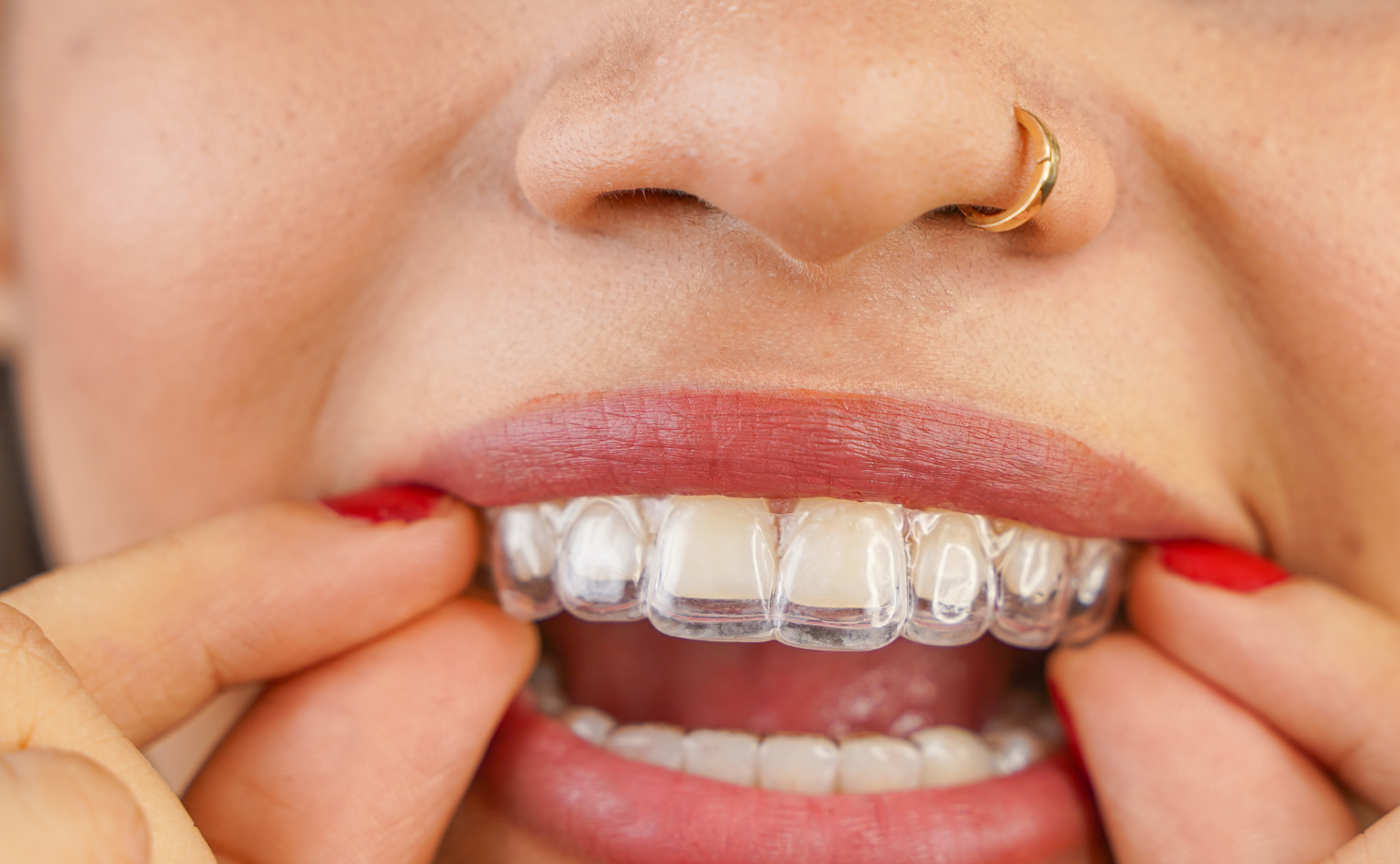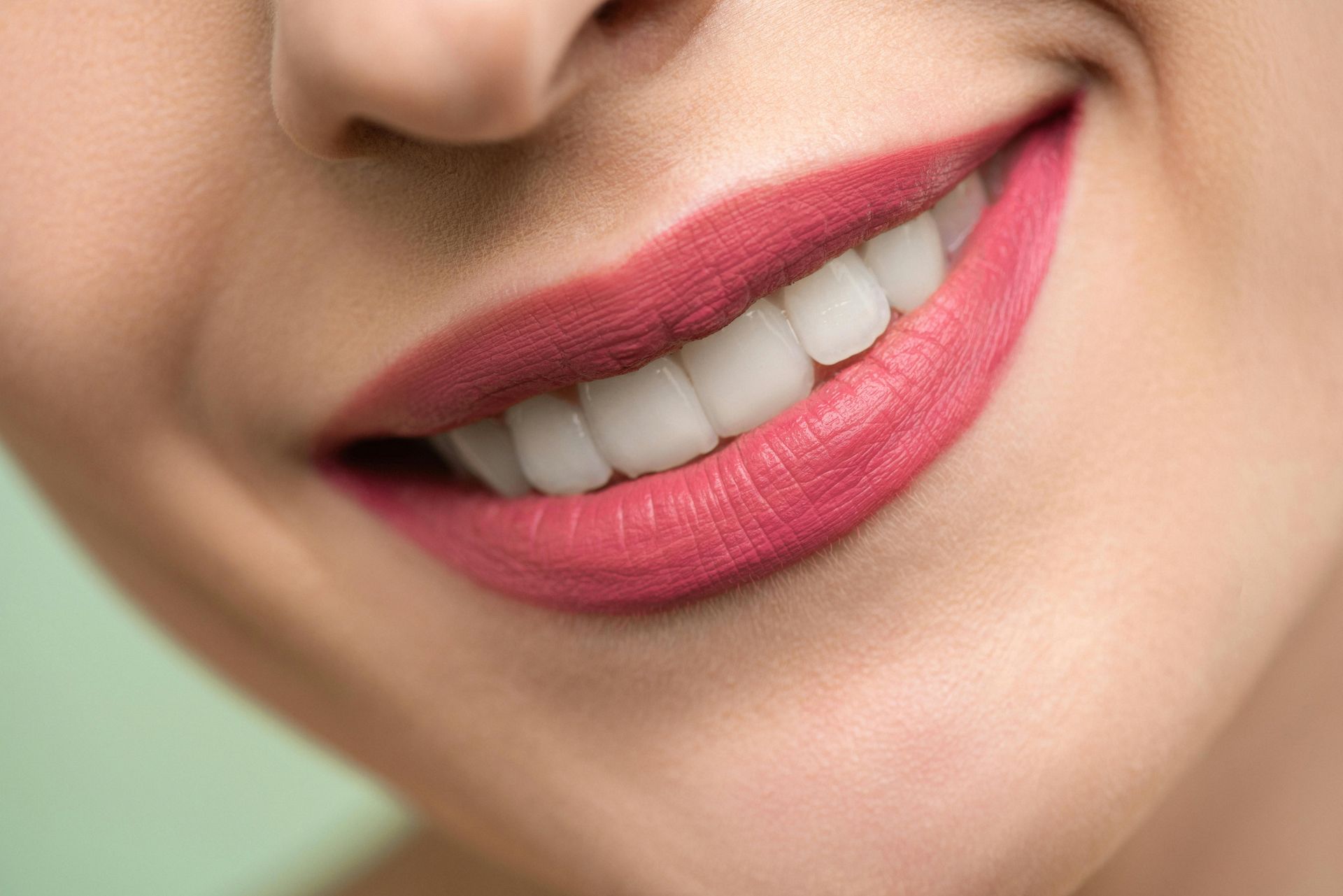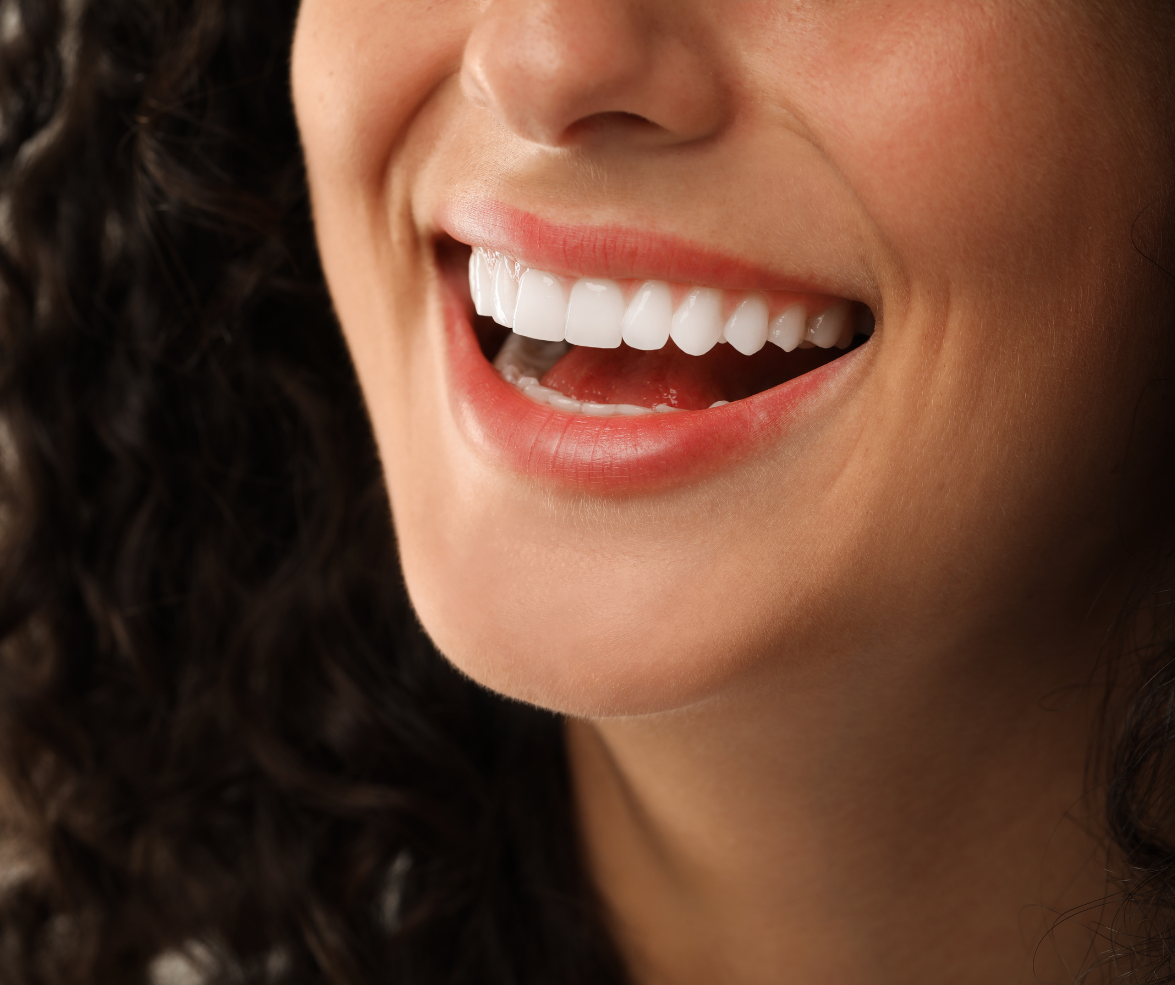Laser Teeth Cleaning: The Perfect Complement to Your Regular Dental Cleaning
“I’m incredibly excited to offer laser teeth cleaning to my patients at Austin Elite Smiles! The results have been nothing short of amazing. We've seen significant improvements in areas with inflammation and deep gum pockets—patients are experiencing healthier gums and fresher breath. The best part? The procedure is quick, easy, and completely painless! It’s a wonderful addition to our routine cleanings, and I’m thrilled to see how much it enhances our patients' oral health. I can’t wait for more of our patients to experience the benefits of this innovative treatment!” - Dr. Lowrance, Austin Elite Smiles
At Austin Elite Smiles, we are committed to providing our patients with the most advanced and effective dental treatments available. One of the most innovative services we offer is laser teeth cleaning, a treatment designed to complement your regular dental cleaning for a healthier, brighter smile.
While traditional teeth cleanings are essential for removing plaque and tartar from the surface of your teeth, laser cleaning goes beyond the surface by targeting bacteria and improving the health of your gums. Let’s explore how laser teeth cleaning can enhance oral health and why it’s the perfect addition to your regular cleaning routine.
What is Laser Teeth Cleaning?
Laser teeth cleaning uses focused laser energy to target and eliminate bacteria in hard-to-reach areas while also treating the gingival (gum) tissues.
Unlike traditional cleanings that rely on mechanical scaling to remove plaque and tartar from the enamel and root surfaces, lasers work by penetrating deep into periodontal pockets—deep spaces that form between the teeth due to gingivitis or periodontitis—to decontaminate the area and reduce inflammation.
It’s important to note that laser teeth cleaning is an adjunct to, not a replacement for, your regular cleaning. It works alongside your traditional cleaning to provide a deeper level of care.
Regular dental cleanings are for physical removal of hardened deposits, while laser cleaning removes the bacteria in the area beneath the gumline which traditional dental cleaning tools may struggle to reach. Laser teeth cleaning cannot remove calculus (hardened tartar) from the enamel. This is why dentists combine laser treatment with scaling and root planing (SRP) for a more thorough cleaning.
Why You Should Consider Laser Teeth Cleaning
Enhances Gum Health
Laser cleaning is particularly beneficial for your gums. The laser reduces harmful bacteria in the soft tissue of your gums, which helps to prevent gum disease and other oral health issues. If you’re dealing with inflammation or early-stage gum disease, laser cleaning can help promote healing and tissue regeneration.
Kills Bacteria
One of the primary benefits of laser cleaning is its ability to kill bacteria that can contribute to gum disease, tooth decay, and bad breath. Traditional cleaning methods can remove plaque and tartar, but they don’t necessarily eliminate bacteria deep below the gum line. Laser treatment provides a more thorough approach by addressing the source of the problem.
Gentle and Non-Invasive
Laser teeth cleaning is less invasive than traditional dental treatments. The procedure is gentle on your gums and tissues, and many patients experience little to no discomfort. Unlike manual scaling, which can sometimes cause irritation or bleeding, laser treatment minimizes inflammation and promotes faster healing.
Prevents Future Problems
Laser cleaning can help reduce the likelihood of future oral health problems. By thoroughly treating the bacteria and soft tissues in your mouth, laser cleaning prevents issues like gum disease, cavities, and tooth decay. It's an investment in long-term oral health.
Works in Tandem with Regular Cleaning
While manual cleaning is essential for removing plaque and tartar, laser cleaning adds another layer of protection by addressing bacterial buildup in harder-to-reach areas. This dual approach provides more comprehensive care and leads to healthier gums and teeth overall.
Quick and Efficient
Laser teeth cleaning is a quick process, typically requiring just a few additional minutes after your regular cleaning. The laser treatment is non-invasive, and there is minimal recovery time, so you can get back to your day right away.
The Benefits of Combining Laser Cleaning with Regular Cleanings
When combined with your regular cleaning, laser teeth cleaning helps to keep your gums and teeth in optimal condition. Here’s how the two treatments work together:
- Manual cleaning removes plaque, tartar, and debris from the surfaces of your teeth. This step is essential for preventing cavities and gum disease.
- Laser cleaning goes further by reducing bacterial buildup, treating gum tissue, and promoting healthier gums. It addresses areas below the gum line and in pockets where bacteria can thrive.
By incorporating laser treatment into your routine cleaning, you’re taking a more proactive approach to maintaining your oral health.
How Much Does Laser Teeth Cleaning Cost and is It Covered by Insurance?
At Austin Elite Smiles, laser teeth cleaning is an affordable add-on to your regular dental cleaning. The cost is:
- $35 when added to a routine cleaning
- $50 per quadrant when combined with a deep cleaning (scaling and root planing)
Note: A quadrant refers to one of the four sections of your mouth (upper left, upper right, lower left, lower right), allowing targeted treatment where it's needed most.
Unfortunately, insurance does not usually cover laser teeth cleaning, as it is considered an elective or adjunctive procedure. However, many patients find the benefits—better bacterial removal, reduced inflammation, and improved gum health—well worth the additional cost.
Why Choose Austin Elite Smiles for Laser Teeth Cleaning?
At Austin Elite Smiles, we take pride in offering the latest in dental technology to provide our patients with the best possible care. Our expert dental team uses advanced laser technology to enhance your dental cleanings, promoting both your gum health and overall oral hygiene.
We understand that each patient has unique needs, which is why we tailor our treatments to meet your specific oral health goals.
Whether you’re looking for preventive care or need a solution for gum inflammation, we’ll customize our laser teeth cleaning treatments to help you achieve the healthiest smile possible.
Schedule Your Appointment Today!
If you’re looking to take your oral care to the next level, laser teeth cleaning at Austin Elite Smiles is the perfect addition to your regular cleaning routine. Our team is here to answer any questions you have and guide you through the process, ensuring you feel comfortable and confident every step of the way.
Contact us today to schedule your appointment and experience the benefits of laser cleaning for yourself. Together, we can keep your smile looking bright and your gums healthy for years to come!




